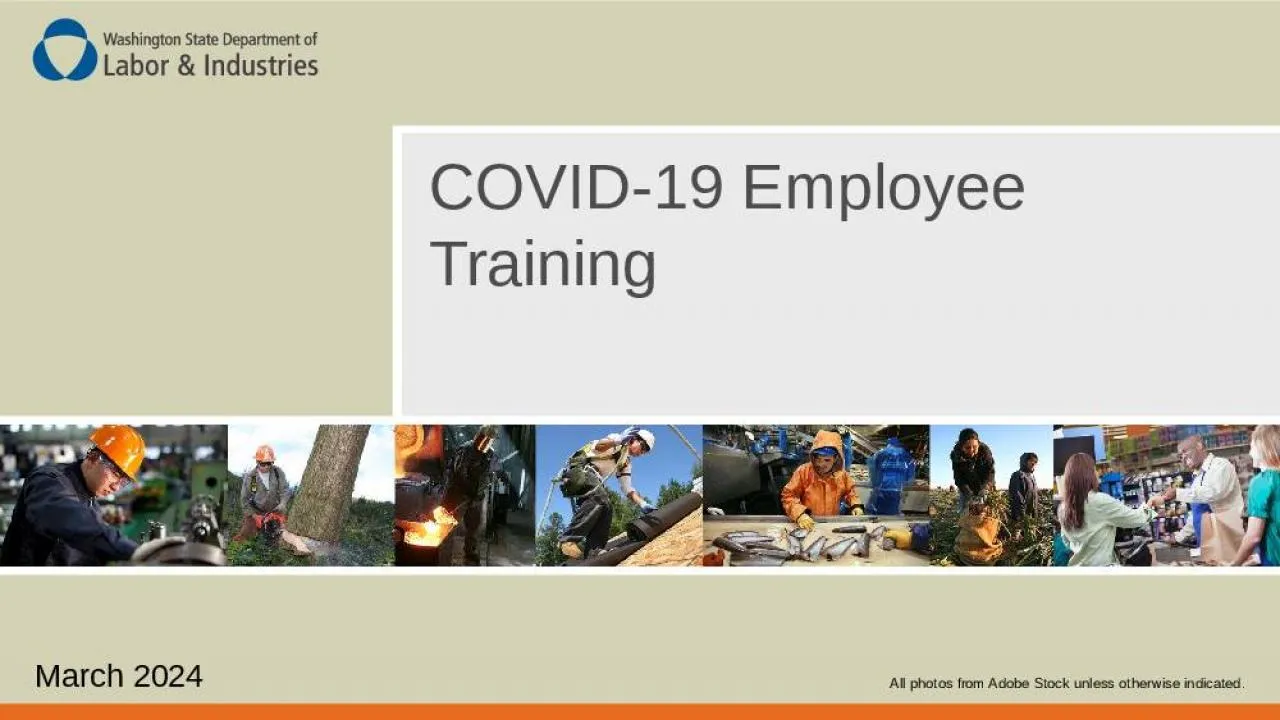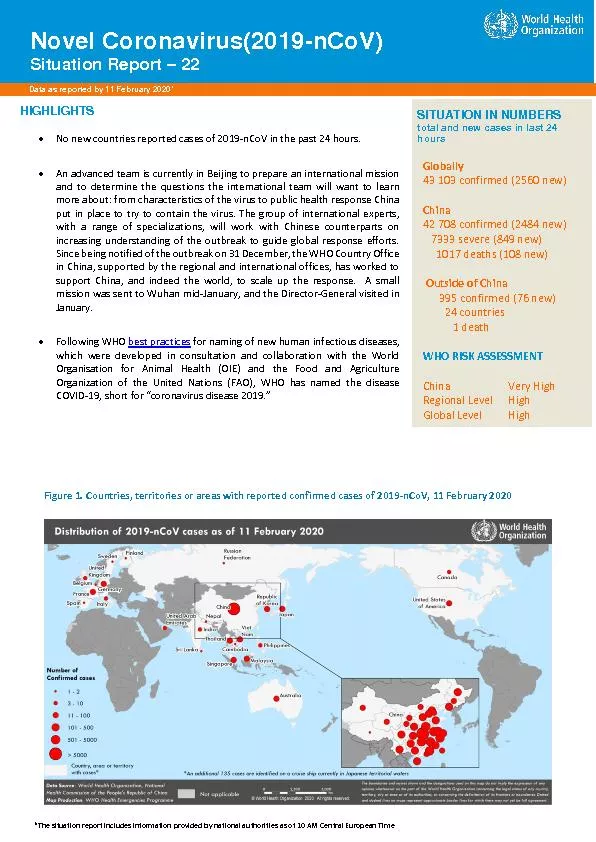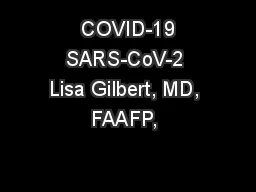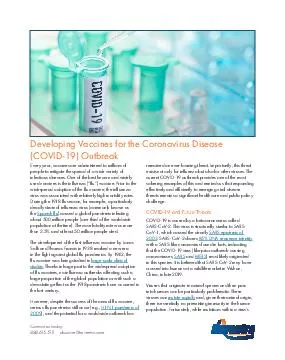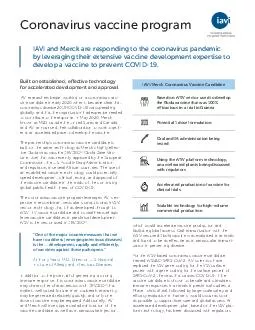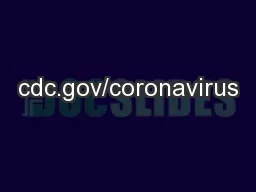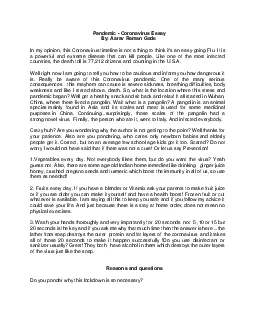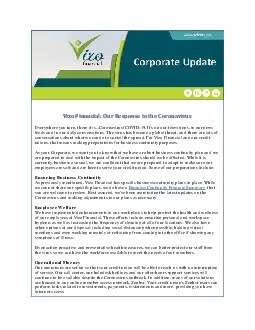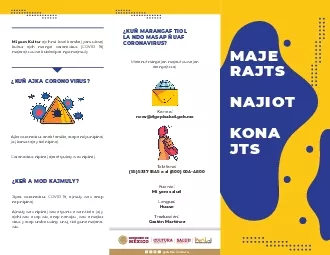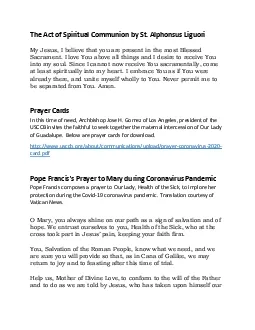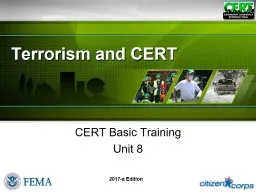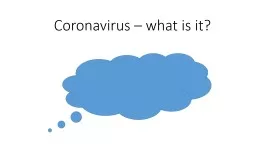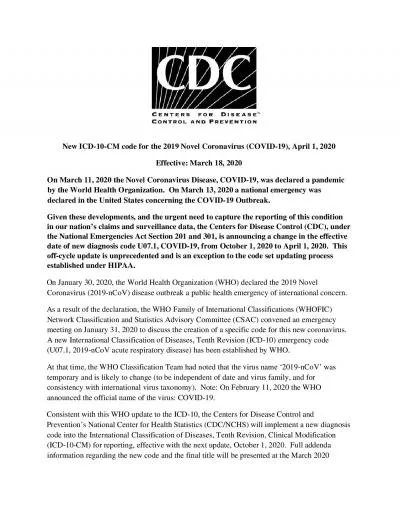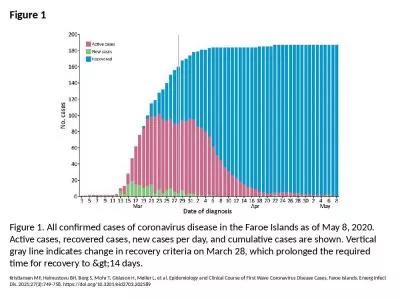PPT-Coronavirus Basic Training
Author : osullivan | Published Date : 2022-02-16
Basic training for all industries except healthcare October 2021 All photos from Adobe Stock unless otherwise indicated What is coronavirus Covid19 It is a virus
Presentation Embed Code
Download Presentation
Download Presentation The PPT/PDF document "Coronavirus Basic Training" is the property of its rightful owner. Permission is granted to download and print the materials on this website for personal, non-commercial use only, and to display it on your personal computer provided you do not modify the materials and that you retain all copyright notices contained in the materials. By downloading content from our website, you accept the terms of this agreement.
Coronavirus Basic Training: Transcript
Download Rules Of Document
"Coronavirus Basic Training"The content belongs to its owner. You may download and print it for personal use, without modification, and keep all copyright notices. By downloading, you agree to these terms.
Related Documents

